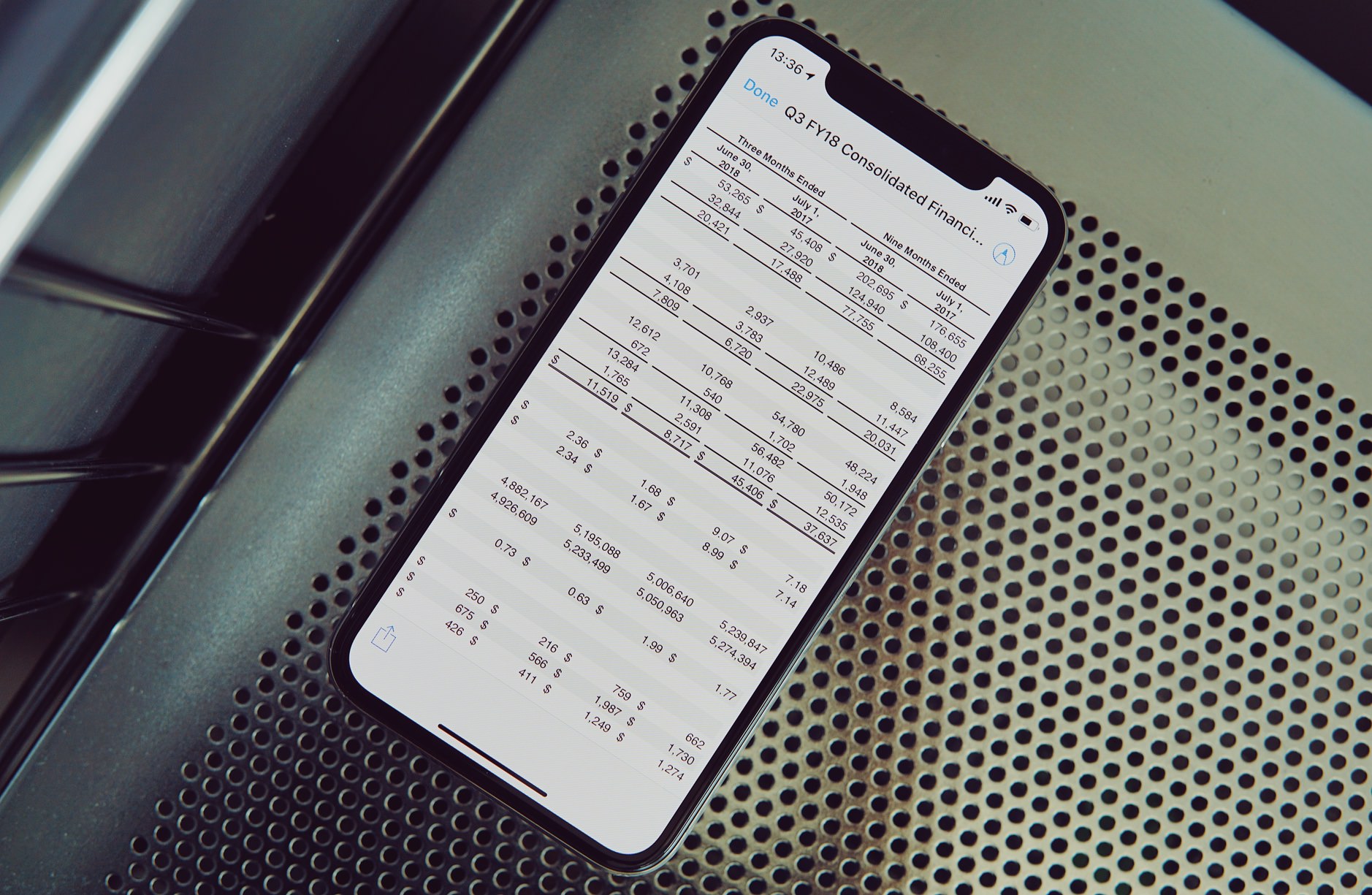Q3/2018 – drei kurze Gedanken

- „And so if you look at iPhone X in particular, it’s the most innovative smartphone on the market. We priced it at a level that represented the value of it. […] I think in this cycle we’ve learned that customers want innovative products, and we sort of already knew that in other cycles, and other points and times. But it just puts an exclamation point by that, I believe, looking at the results.”
Apple verkaufte im letzten Quartal 41.3 Millionen Smartphones mit einem Durchschnittspreis von 724 US-Dollar. Vor einem Jahr lag der ASP („Average selling price“) bei 606 US-Dollar. Das teuerste iPhone bleibt das populärste iPhone.
- „Paid subscriptions from Apple and third parties have now surpassed 300 million, an increase of more than 60 percent in the past year alone. Revenue from subscriptions accounts for a significant and increasing percentage of our overall services business. What’s more, the number of apps offering subscriptions also continue to grow. There are almost 30,000 available in the App Store today.”
Das Service-Geschäft (Apps, iCloud, Apple Music, iTunes, etc.) wächst mit einem Umsatz von 9,55 Milliarden US-Dollar um respektable 30-Prozent. Verantwortlich dafür sind primär Neukunden, aber auch Bestandskunden, die mehr Geld für Apples Dienste ausgeben. Das aktuelle Wachstum scheint neben Lizenzzahlungen (beispielsweise von Google) auch dadurch bedingt, dass noch verhältnismäßig wenige iOS-Kunden für iCloud-Speicherplatz beziehungsweise die iCloud-Fotomediathek bezahlen.
Der nächste große Push für diese Kategorie ist im nächsten beziehungsweise übernächsten Jahr zu erwarten, wenn Apple sein TV-, Film- und News-Bundle anbietet.
- „iPad unit sales grew for the fifth consecutive quarter, and we gained significant share of the global tablet market based on the latest estimates from IDC. We recorded double-digit iPad unit growth in both our Greater China and Rest of Asia Pacific segments, with a new June quarter record for iPad sales in mainland China. Almost half of iPad purchases in the quarter were by customers new to iPad, and our active installed base of iPads reached a new all-time high.”
Apple verkauft nun schon seit 2 Jahren so rund 10 bis 11 Millionen iPads pro Quartal. Das ist deutlich weniger als in allen Jahren zuvor (von 2013 bis 2016 wurden pro Geschäftsviertel zwischen 14 – 17 Millionen Geräte nachgefragt), aber die letzten beiden Jahre sind eine deutliche Stabilisierung. Man kann sich also merken: Apple bringt pro Jahr rund 44 Millionen iPads an interessierte Kunden und Kundinnen.
(Transkript von Jason Snell)
